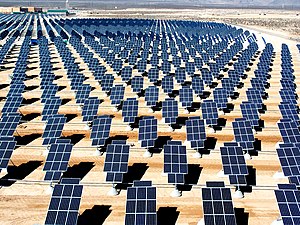Ausenco
More and more counties, cities, corporations, and individuals are finding the value in the collection and recovery of renewable resources through mineral processing and mining infrastructure. But, what happens once all this material is collected? Then, how do these types of businesses find a company that is proficient in handling all phases of these types of projects from the management phase to the end result?
In today’s competitive and busy digital world, it is important to find a company that can meet the needs of their clients and give the best return on investment. Ausenco in Australia, is an example of a company that offers everything form project management to a successful end result where everybody wins.
With the fast pace of the world today, we often forget the important role that infrastructure plays in our daily lives, in most major cities everywhere. With that thought in mind, it is important to work with companies that offers experienced engineering solutions and management skills, to execute both large and small scale industrial and urban infrastructure projects on a global scale.
Infrastructure designed by highly qualified engineers will meet the requirements of urban growth and development world wide. In the cases of resource development works, the demands associated with heavy equipment used in mining infrastructure and mineral processing and often in very difficult environments can be very challenging. A company that can offer experience across the globe, and end to end solutions that lead to sustainability, are key influences to successful business relationships across the energy and resources industries.
From Project management to end results here are some of the areas that are most often customized to clients and projects on a global scale:
Environment and sustainability
Environmental and social solutions
Sustainability solutions
Mining engineering
Geotechnical and civil solutions
Water management
Tailings and mine waste management
Minerals processing
Energy
Transportation systems
Ports and terminals
Pipeline systems
Operations and maintenance
Infrastructure
Services
Commodities
A company such as Ausenco, also offers a vast range of services in the area of these commodities: Biomass,Coal, Copper, CSG/CBM, Gas, Industrial minerals, Iron ore, LNG (Liquified natural gas), Mineral sands, Oil sands, Precious metals, Uranium and Zinc. They help their clients evaluate extraction processes, treatment and transportation options while creating optimum value for the entire operation.
From the time the commodities are extracted from the ground, through processing, and on to global markets, end to end solutions are customized to the projects. At the beginning of each project to the finish, the environment and sustainability are the first consideration in doing business, while conserving energy and the world’s resources is the main goal. Together all are working toward greener tomorrows for everyone.




















